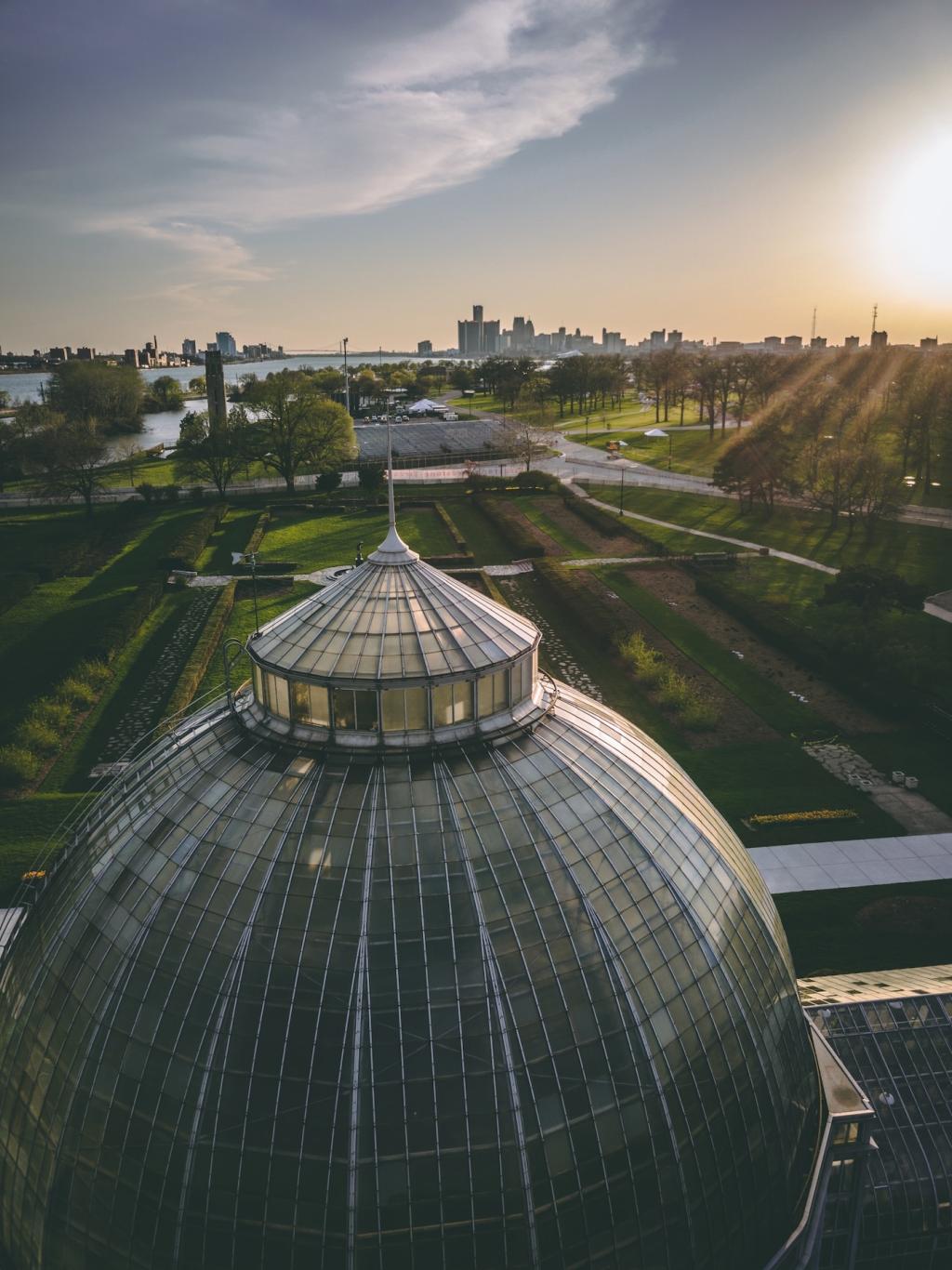This website uses cookies so that we can provide you with the best user experience possible. Cookie information is stored in your browser and performs functions such as recognising you when you return to our website and helping our team to understand which sections of the website you find most interesting and useful.

Urban Planning with Renewable Materials
Urban planning with renewable materials marks a transformative shift in how cities are conceptualized, constructed, and inhabited. By integrating resources like bamboo, recycled wood, rammed earth, and modern bio-based composites, urban areas can be designed to minimize environmental impact while promoting healthier and more resilient communities. Prioritizing such materials not only reduces carbon footprints but also fosters innovation in architecture and infrastructure, opening the door to sustainable growth that balances ecological, economic, and social priorities. As cities expand and face mounting pressures from climate change, resource scarcity, and population booms, turning to renewable materials provides a path toward urban environments that thrive for generations.
Sustainable Architecture and Green Building
Innovative Material Applications
Energy Efficiency through Materials
Integrating Natural Elements in Design

Urban Agriculture and Green Spaces


